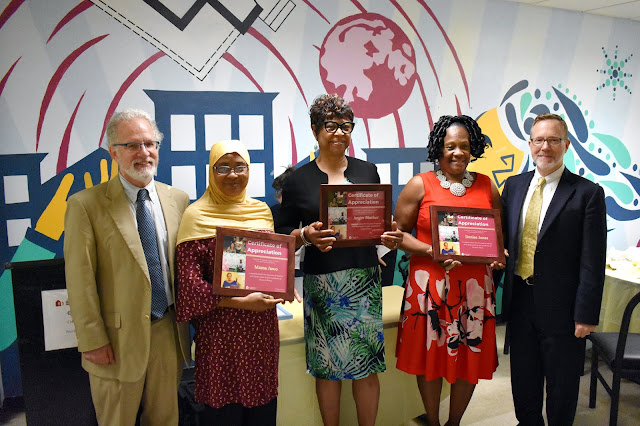Mark and Candace Care For the Homeless | Donor Dossier

Mark Woollett and Candace Clift are California natives – Mark hails from Orange, CA and Candace from the greater Sacramento area. But they met in Massachusetts, both acting in a production of Shakespeare’s A Midsummer Night’s Dream . They moved to New York City in 2013, and as many artists who move here can attest, it can be hard to pay the bills while following your dreams. They keep their toes dipped firmly in the world of theatre by working at The Barrow Group Theatre Company and School, where Mark helps in finance and Candace works in school operations and teaches, in addition to several other jobs between them! Q. How did you first learn about Care For the Homeless? A. Mark heard an NPR story about a group in Boston that provides Medical care for the homeless and was inspired to see if a similar organization existed in New York City. A quick Google search brought him to Care For The Homeless, and he was impressed by its...






